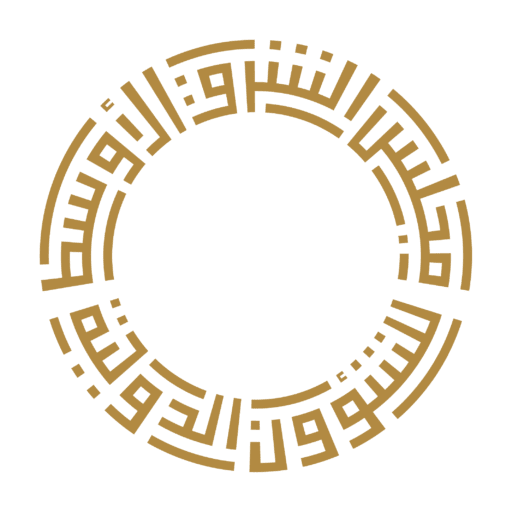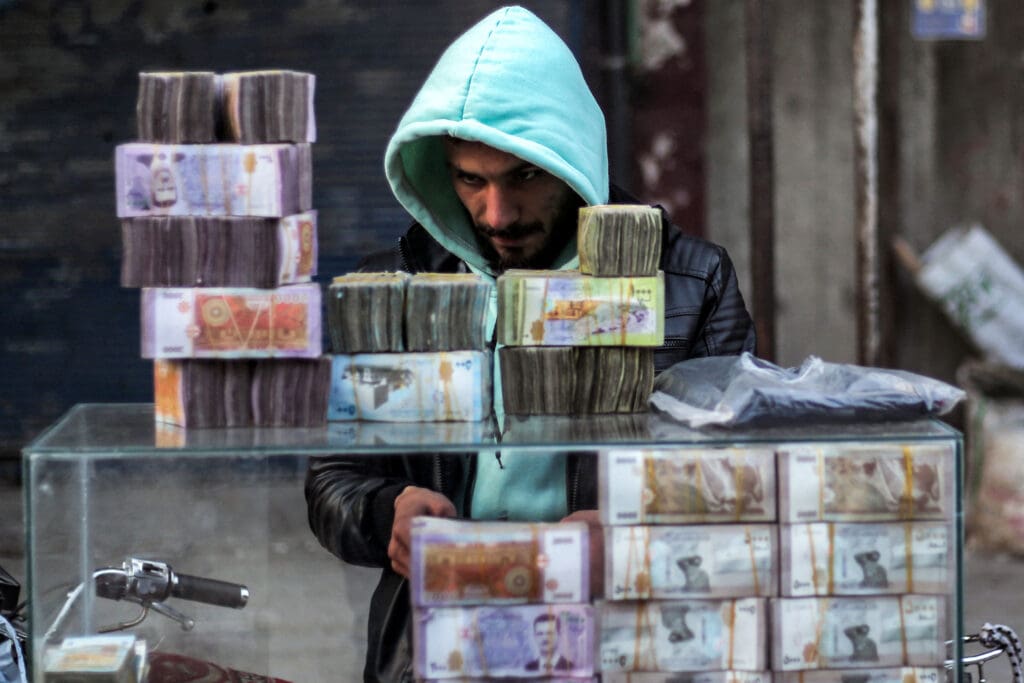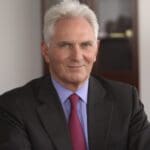As history was made in Syria over the past month, seismic shocks have reverberated across the region. To start, the world witnessed the final convulsion of the World War I-era Sykes-Picot Agreement, which one historian called, with due irony, “a peace to end all peace.” Perhaps more ironic still, the signatories of that bygone treaty, Great Britain and France, attended a meeting on December 14 with Türkiye—the heir to the Ottoman empire they dismembered with Sykes-Picot—along with the United States, Germany and Arab countries to deliberate on the future of Syria and a new regional map.
Next is the demise of the “Axis of Resistance,” and with it Iran’s geostrategic ambitions and attempt to extend its power regionally, which led to economic and financial ruin for all the countries involved, including Iraq, Syria, Lebanon, Palestine and Yemen—not to mention Iran itself.
Third, the collapse of Bashar al-Assad’s regime ends the last vestige of socialist, controlled economies in the Arab world, which failed to generate sustainable economic growth and development, but created fragile, vulnerable countries instead. The Assads’ despotic regime violently suppressed and resisted political reforms at the onset of the Arab Spring, unleashing a cycle of violence, devastating the economy, destroying Syria’s institutions and installing pervasive corruption, extremism and an increasingly fragmented country. Now, there is another failed state on the shores of the Mediterranean, along with Libya and Lebanon.
Can a new Syria emerge from the ashes of the military, economic, financial and political collapse? The challenges are daunting.
Between 2010 and 2023, Syria’s real GDP contracted by an impoverishing 84 percent across all sectors, according to the World Bank. The breakdown was driven by the military violence, destruction of infrastructure, droughts, population displacement, macroeconomic instability and collapse of investment and trade—exports fell to $1 billion in 2023 versus $8.8 billion in 2010—amid growing international isolation. By 2023, the Syrian pound collapsed by over 300 percent, to SYP 14,122 against the U.S. dollar from SYP 47 in 2011. The sharp contraction of GDP during the civil war accelerated after the imposition of the 2019 Caesar Syria Civilian Protection Act, a U.S. sanctions regime targeting those doing business with the Assad government, which, along with international sanctions by the EU and other countries, caused inflation to surge to 115 percent in 2023. With growing isolation and an absence of political and economic reforms, Syria became increasingly dependent on Iran. An informal economy expanded driven by smuggling and the drug trade, primarily in the amphetamine-type narcotic Captagon, generating an estimated $10 billion annually that was mostly controlled by security services, the military and Assad allies.
A Roadmap for a New Syria
So, what are the building blocks for a new Syria? With such a broad array of challenges, an integrated transition to democratic governance is required—one grounded in structural political, economic and social reforms. To begin with, there must be a cessation of violence and the restoration of security to ensure Syria’s territorial integrity, as well as a prioritization of political pluralism that includes Syria’s diverse ethnic and religious groups. This requires a new constitution, elections, and a new reform-driven government to sweep away the constitutive elements of Baath Party institutions, establish rule of law, and heal the deep wounds of the nation through a “truth and reconciliation” body to achieve accountability.
Second, securing humanitarian aid is a priority, along with the setup of a fund to enable the return and resettlement of the roughly 7.2 million internally displaced persons and more than six million refugees.
Third, estimates of the cost of Syria’s reconstruction and redevelopment range from $400 to $600 billion, which are required to rebuild infrastructure, given the destruction of much of Syria’s health, education, water, transport and energy systems, along with productive sectors. Syria’s cities—including Aleppo, Homs, Hama, Daraya and Deir El Zor—were subject to systematic urbicide, fueling displacement and economic and social collapse. An international reconstruction and redevelopment aid, grants, and financial package will be required. Odious debt accumulated by the Assad regime should be rescinded and international sanctions will have to be removed. Syria’s substantial natural resources, including oil, gas and phosphate can be harnessed to support reconstruction finance, with an energy pipeline infrastructure linking Syria to the GCC.
Fourth, building a modern Syrian economy requires a radical dismantling of the control economy along with its corrupt, politically controlled state-owned enterprises and government-related enterprises, allowing a resurgence of the private sector. In turn, this will require a restructuring of institutions, with a reform of economic, social, monetary, financial, fiscal, foreign trade and investment policies in order to attract domestic and foreign—including expatriate—capital for reconstruction and redevelopment.
Fifth, the reconstruction and redevelopment of Syria’s economy will require the political, diplomatic, economic and financial reintegration of the country into the regional and international economy, with deep links to the GCC.
A new Syria will have to be rebuilt from its foundations to undo 61 years of destruction, de-development, despotic rule, endemic corruption and mal-governance. Failure to ensure an integrated transition encompassing the political, security, social and economic dimensions for a new Syria will reverberate and destabilize the whole region. Nation building has failed in Afghanistan, Iraq, Libya and Sudan. The region cannot withstand another failure. The stakes go beyond Syria.


